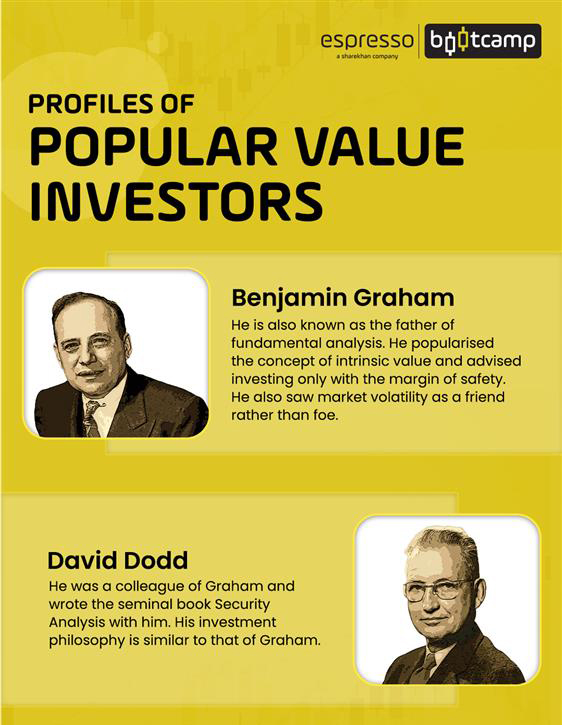017. Investing Strategies and How to Use Them – Part 2

Continuing from the previous chapter, let us look at some more investment strategies.
Dividend Yield Investing
The dividend yield strategy is used to generate a steady stream of income through dividends paid by companies. Dividends are money paid out to investors from the profits the company has made. It is basically the amount of dividend you earn on every share you have bought in that company.
Formula: Dividend per share / Market price of the share
For example, if a company has paid out an annual dividend of Rs 40 per share and the share price of the company is Rs 100, then the dividend yield is 40 per cent.
Stocks with high dividend yield may not give a high appreciation in share price but can be a regular income-generating stream. These companies tend to have a very profitable and steady business. They can also be defensive investments when the markets are not doing well.
Turnaround investing
This strategy is not for the average investor, as it requires a lot of factors and situations that must be actively tracked and acted upon. It also requires a lot of patience and perseverance.
The idea is to identify companies that are going through hard times in their business or industry and how they are planning to overcome those challenges.
This could be through a change in the business strategy or even a change in the management of the company. But, most importantly, turnaround investing is about cash flows. If a company is consistently able to generate free cash flows, it is worth looking at.
Rupee Cost Averaging or Systematic Investing
For lay investors or someone getting into the market for the first time, this strategy is very effective. This is a simple strategy where a fixed sum of money is regularly invested at a fixed time interval, irrespective of how where the markets are moving.
For example, you invest Rs 2000 every month on the 15th in the same mutual fund or stock.
What this does is it takes away the element of trying to time the market off the equation. The other benefit is that you will buy more units if the prices are falling and lesser units if the prices are rising.
Just assume your investment of Rs 2000; if the unit price is Rs 20, you will buy 100 units. If the price rises to Rs 25, you will buy lesser units than 80, and if it falls to Rs 15, you will buy more or about 130 units.
This approach also keeps you committed to investing and increases the chances of achieving your long-term financial goals.

Core and Satellite Strategy
As the name suggests, this strategy suggests building a core portfolio and smaller satellite portfolios around it to achieve a potentially higher return.
The satellite part of the portfolio is more tactical in nature and can play on emerging trends and momentum factors. The core portfolio is more passive in nature and built for the long haul. As such, this is a combination of passive and active investment styles.
A Core portfolio can be made up of blue chips and companies with a strong financial performance, lending stability to the overall portfolio. Satellite parts could be made of smaller companies, which have the potential to generate higher returns but also infuse a higher amount of risk into the portfolio.
ESG Investing
This is one of the latest investing strategies as compared to others. It considers the effects of environmental, social and governance factors on the long-term value of a company. If you are looking to invest in companies that are trying to make the world a better place, ESG investing is for you.
There are independent ESG rating agencies that rate companies on their ESG score. This could be your starting point.
This strategy could, however, be restrictive given there are limited numbers of companies to choose from, but these can form a part of your overall portfolio.
Points to remember
- Choose an investment strategy that suits your requirements well
- Sometimes, a mix of two strategies can also yield better results, for example growth and momentum
- Strategies can also be used to generate a stream of income like dividend yield
- Knowledge and time play a role in choosing the right strategy
 0
|
0
|
 0
0
 Modules
Modules
 Watch
Watch 
